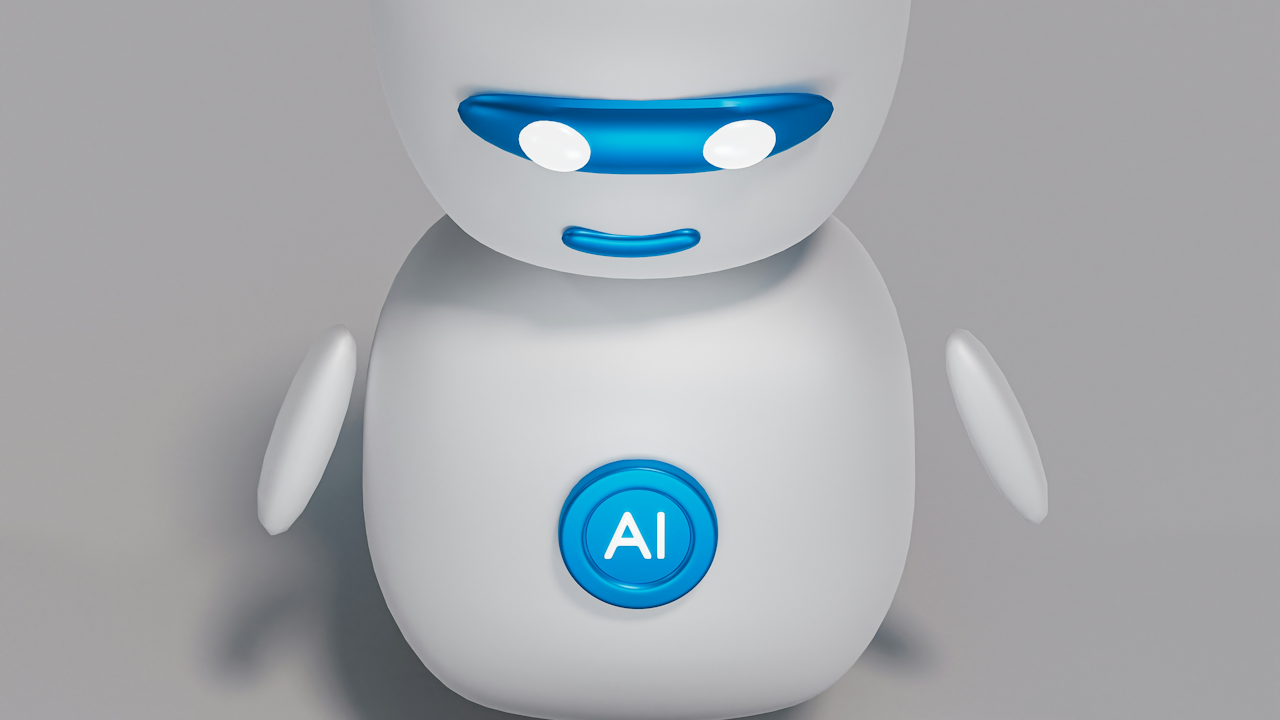The rapid advancement of artificial intelligence (AI) has brought forth incredible innovations, from self driving cars to sophisticated medical diagnostic tools. However, alongside these transformative capabilities, a critical question has emerged: can AI truly be ethical, and more specifically, can bias within AI systems be eliminated? This is a complex challenge, deeply rooted in the data that trains these systems and the human decisions that shape their development.
At its core, AI bias refers to systematic and unfair discrimination by an AI system against certain individuals or groups. This bias can manifest in various ways, leading to discriminatory outcomes in areas like loan applications, hiring processes, criminal justice, and even healthcare. The origins of AI bias are multifaceted, but they primarily stem from two main sources: data bias and algorithmic bias.
Data bias is perhaps the most prevalent and insidious form. AI systems learn by processing vast amounts of data. If this training data reflects existing societal prejudices, historical inequalities, or underrepresentation of certain groups, the AI will inevitably internalize and perpetuate these biases. For example, if a facial recognition system is trained predominantly on images of one demographic, it may perform poorly or inaccurately when identifying individuals from underrepresented groups. Similarly, historical hiring data that favored certain demographics over others will lead an AI recruitment tool to replicate those same patterns, even if unintentionally. The “garbage in, garbage out” principle applies strongly here; flawed data will lead to flawed AI.
Algorithmic bias, on the other hand, can arise from the design and implementation of the AI model itself. This can happen through the choice of features used in the model, the weighting of different parameters, or even the objective function the algorithm is trying to optimize. For instance, an algorithm designed to predict recidivism might inadvertently penalize individuals from certain socioeconomic backgrounds if those factors are correlated with historical arrest rates, even if those correlations are due to systemic biases in the justice system rather than inherent criminality. The choices made by human developers, whether conscious or unconscious, can embed biases into the very structure of the AI.
The question then becomes: can this bias be eliminated? The consensus among AI ethicists and researchers is that complete elimination is an incredibly difficult, if not impossible, task. This is because AI systems are reflections of the world they are trained on, and the world itself is inherently biased due to centuries of social, economic, and political inequalities. To completely eliminate AI bias would require a world free of human bias, a utopian ideal that remains elusive.
However, while complete elimination may be unattainable, significant mitigation and reduction of bias are absolutely achievable and crucial. Efforts to address AI bias are focusing on several key areas.
One critical approach involves improving data quality and diversity. This means actively seeking out and including representative data from all relevant demographic groups, ensuring that the training datasets accurately reflect the diversity of the population the AI system will serve. Techniques like data augmentation, re-sampling, and synthetic data generation can help to balance datasets and reduce underrepresentation. Furthermore, careful auditing of data sources for historical biases is essential before feeding them into AI models.
Beyond data, algorithmic fairness techniques are being developed and implemented. These involve designing algorithms that explicitly consider fairness metrics during their training and deployment. For example, some algorithms are designed to achieve “demographic parity,” where predictions are equally accurate across different groups, or “equalized odds,” where false positive and false negative rates are similar across groups. Explainable AI (XAI) is another vital area, aiming to make AI decisions more transparent and understandable, allowing developers and users to identify and rectify biased outcomes.
Human oversight and accountability are also indispensable. AI systems should not operate in a black box without human review. Regular audits, impact assessments, and continuous monitoring of AI performance in real world scenarios are necessary to detect and correct emerging biases. Establishing clear lines of responsibility for AI outcomes and ensuring that there are mechanisms for redress when bias leads to harm are fundamental to ethical AI development.
Furthermore, multidisciplinary collaboration is key. Addressing AI bias requires input not only from computer scientists and engineers but also from sociologists, ethicists, legal scholars, and domain experts who understand the societal context in which AI operates. This holistic approach can help to identify subtle biases that technical experts alone might miss.
In conclusion, while the complete elimination of bias in AI systems may be an aspirational goal given the pervasive nature of human bias, significant progress can and must be made in its mitigation. By focusing on diverse and representative data, developing fair algorithms, ensuring robust human oversight, and fostering interdisciplinary collaboration, we can strive towards building AI systems that are more equitable, just, and beneficial for all members of society. The journey towards ethical AI is ongoing, requiring continuous vigilance, innovation, and a commitment to fairness as a core principle of technological advancement.

